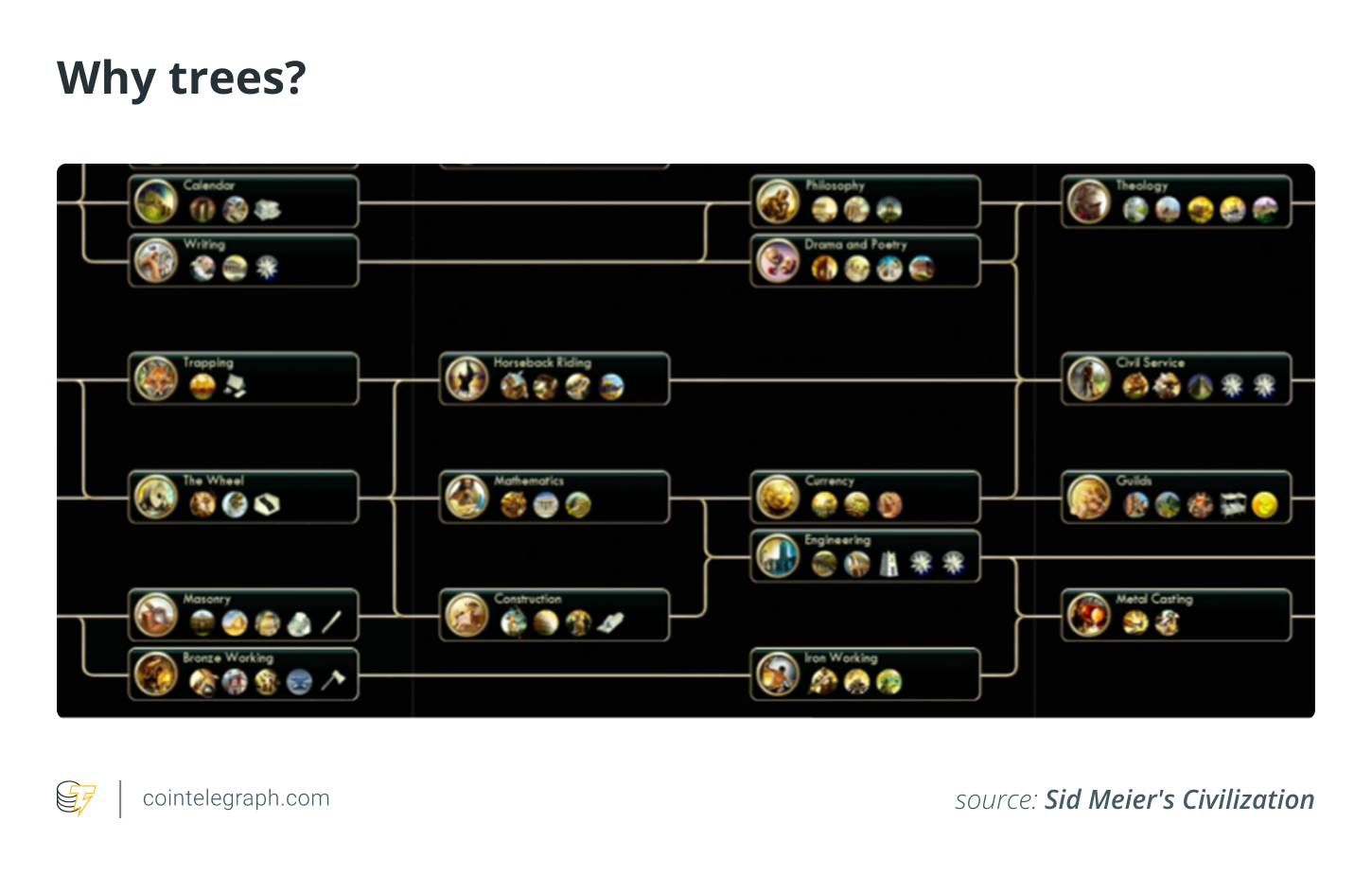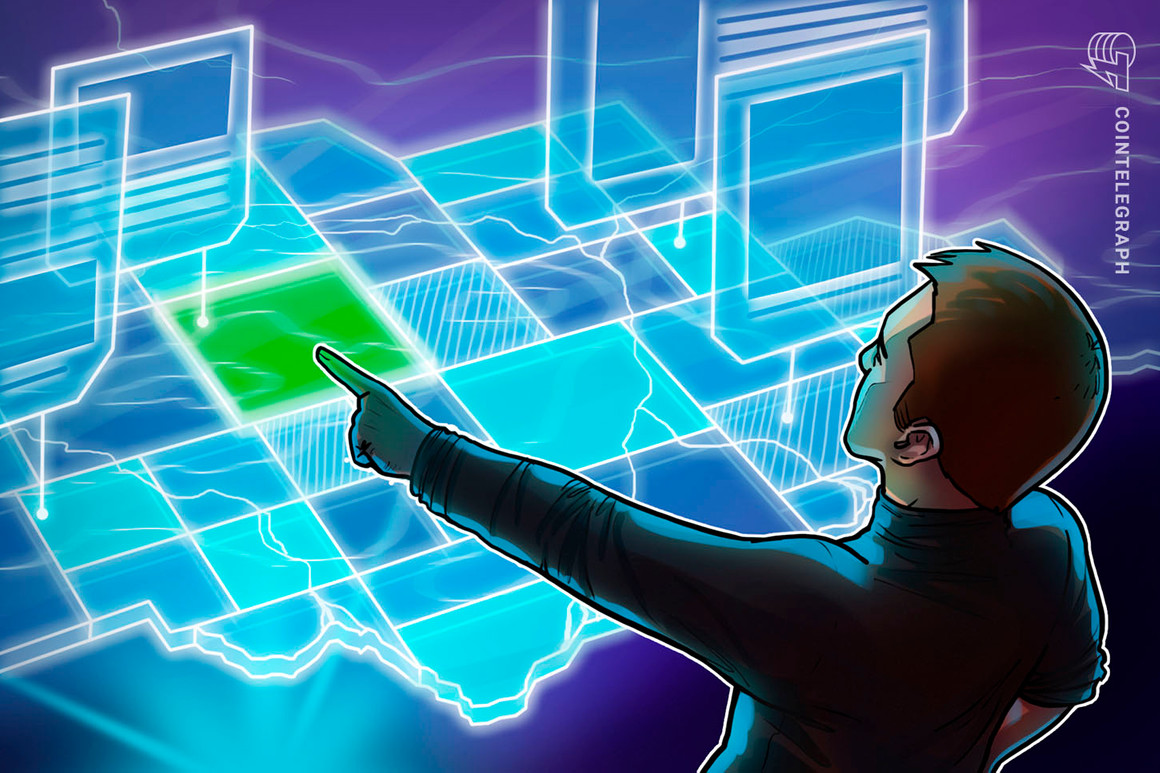This latest metaverse development was possible thanks to technologies such as artificial intelligence (AI), IoT (Internet of Things), VR, AR, 3D modeling, spatial and edge computing.
Artificial intelligence
AI combined with Metaverse technology ensures stability of the Metaverse infrastructure while also providing actionable information to the top layers. NVIDIA technologies is a great example of how AI can be critical in creating digital spaces that allow for social interaction in the Metaverse.
Internet of things
IoT will enable the Metaverse to interact with the real-world, but it will also be a 3D user interface that IoT devices can use, which will allow for a more personal IoT experience. The Metaverse and Internet of Things both aid organizations in making data-driven decisions with minimal mental effort.
Augmented and virtual reality
A Metaverse is a combination of technologies such as AR, VR and AI to allow users to enter the virtual world. Augmented reality technology allows virtual objects to be embedded into the real world. Virtual reality (VR) allows you to immerse yourself in a 3D virtual world or 3D reconstruction by 3D computer modeling.
Experts believe that VR will be an integral part of the Metaverse’s virtual environment. However, it is not necessary to wear a VR headset or any other gear. It is important to remember that the Metaverse is not like AR or VR. You might be curious about how to enter the Metaverse. Augmented and virtual reality technologies can help you get in the dynamic digital 3D world.
3D modeling
3D modeling uses computer graphics to create a 3-dimensional digital representation of any surface. To ensure the comfort of its users, The Metaverse’s 3D Reality is essential.
To create a 3D world, it takes a lot of graphic design and image collection. The 3D graphics used in games such as The Sandbox ( SAN) give the illusion that the player is actually playing the game. The Metaverse must be built upon the same foundation.
Spatial and edge computing
Spatial computing is the practice of using physical space as a computer interface. Microsoft is a leader in spatial computing in the metaverse with technologies such as the HoloLens. Edge computing, on the other hand, is a network-based cloud computing paradigm and service delivery paradigm. Edge computing provides end-users computation, storage and data solutions such as cloud computing services.
It is crucial to keep the user engaged and immersed in the Metaverse in order to deliver the same experience as in real life. This means that the user should have a response time lower than what can be detected by humans. Edge computing allows for quick response times by hosting computing resources and communication infrastructures near the users.








